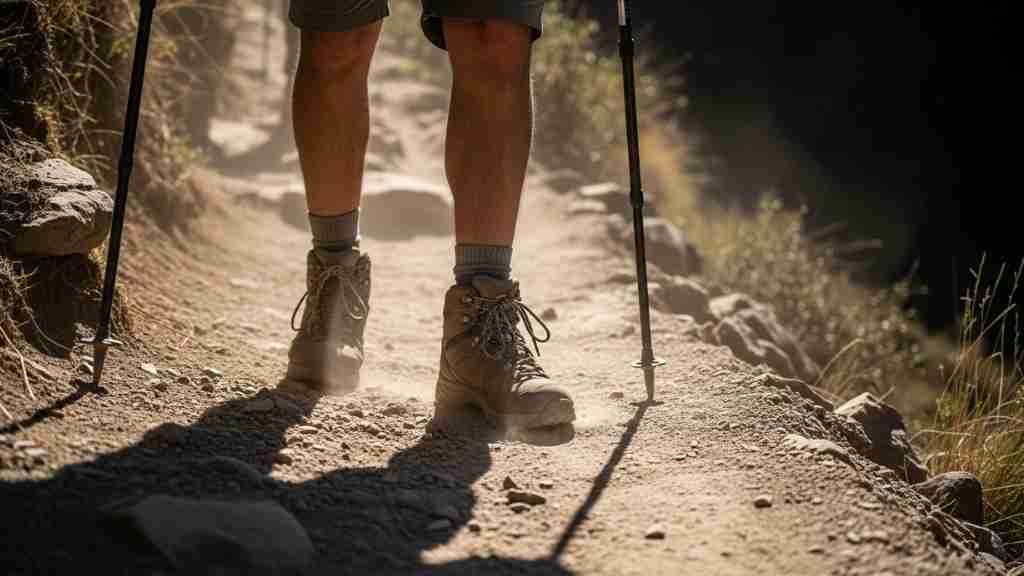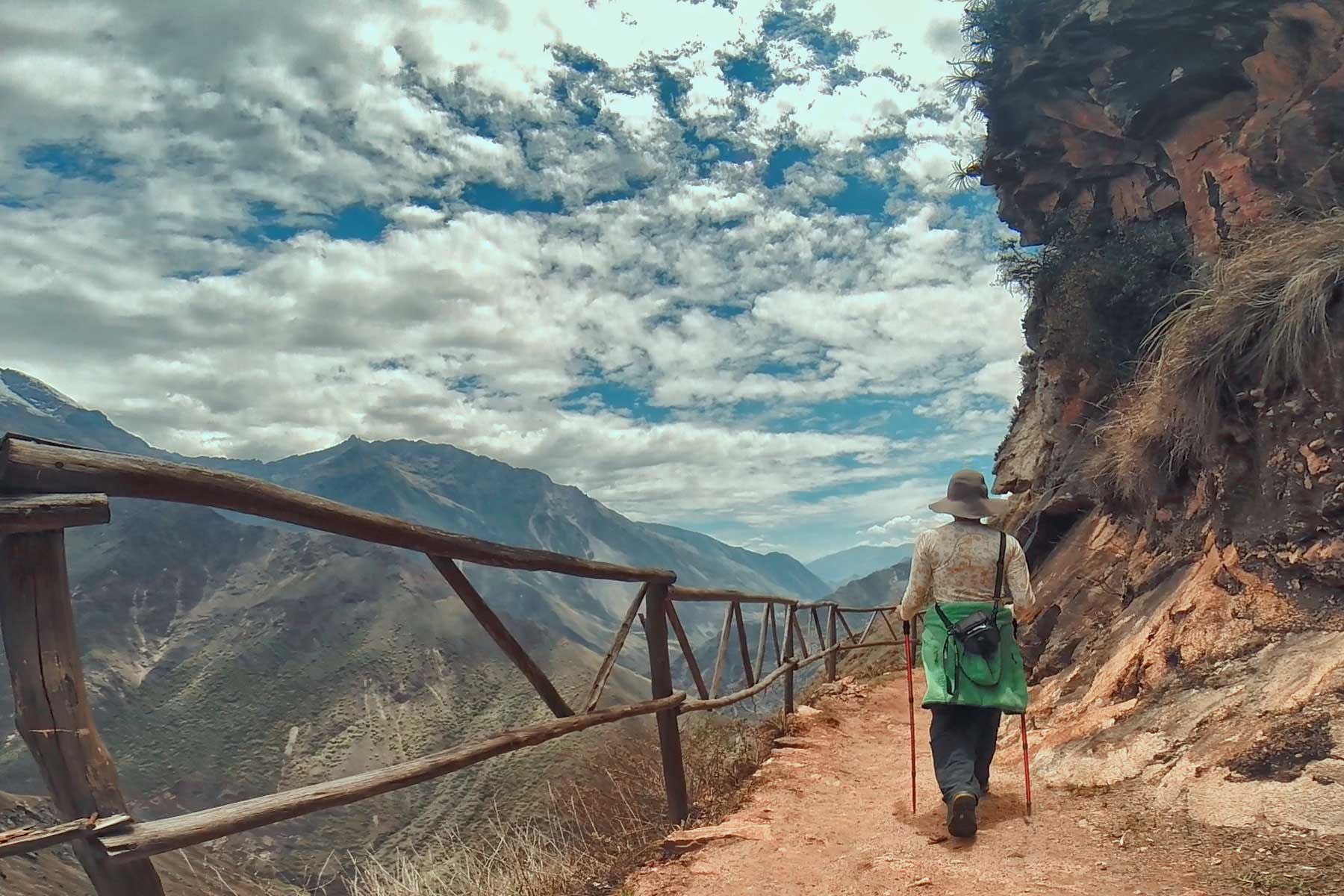Some journeys measure you. Not in kilometers, but in breath, in willpower, and in the capacity to marvel at the remote. If you’re looking for an experience that takes you far from the tourist buzz and connects you with history in a rawer, more personal way, this article is for you. Here, we tell you everything you need to know about how to get to Choquequirao, a challenge that rewards you with solitude, imposing landscapes, and the echo of an empire.
What is Choquequirao and Why is it Called the “Sister of Machu Picchu”?
High on a mountaintop, watching over the deep Apurímac River canyon, lies the Choquequirao Archaeological Park. Its name, from the Quechua Chuqi K’iraw, translates to “Cradle of Gold,” a hint of its importance. Located in the Vilcabamba mountain range, this citadel was one of the last bastions of Inca resistance against the Spanish conquistadors around 1535. But beyond being a refuge, it was a vital nexus: an administrative and ceremonial center that connected the Andean highlands with the jungle. Its astounding architectural and strategic similarity to Machu Picchu, with terraces that defy gravity and finely carved stone enclosures, has earned it the nickname of its “sister.” However, unlike the famous citadel, Choquequirao receives just a fraction of the visitors, offering an almost intimate atmosphere of discovery.
The Reality of the Trek: Is It for You?
Let’s be honest: the hike to Choquequirao is one of the most demanding in the Cusco region. It is not a stroll. It is a physical and mental challenge that requires good physical condition and strong determination. The classic route involves a dizzying descent of more than 1,500 meters (4,920 ft) to the bottom of the Apurímac canyon, only to then face an equally brutal ascent up the opposite slope. The terrain is steep, the sun can be intense during the day, and the nights are cold. But every difficult step is rewarded with spectacular views of the canyon, the proximity of the imposing snow-capped Padreyoc mountain, and the satisfaction of reaching a place few ever do. If you are a trekking enthusiast looking to push your limits and find beauty in the effort, this adventure is calling your name.
The Detailed Route: How to Get to Choquequirao Step by Step
The complete journey usually takes between 4 and 5 days. The most common and recommended route begins in the small town of Cachora, although the starting point of the trek is the Capuliyoc viewpoint.
From Cusco to Capuliyoc
The journey begins with a vehicle transfer from Cusco to Capuliyoc (approximately 4 hours), passing through Cachora. From this viewpoint, you’ll get your first panoramic view of the colossal canyon and the zigzagging path that awaits you.
The Descent (Day 1)
The first day is almost entirely downhill. A steep descent that tests the knees will take you from the 2,900 meters (9,514 ft) of Capuliyoc to the Chiquiscá campsite (1,950 m / 6,397 ft) or, if you keep a good pace, to Playa Rosalinas on the banks of the Apurímac River (1,500 m / 4,921 ft).
The Ascent (Day 2)
After crossing the river, the most feared and respected section begins: the climb to Marampata. These are hours of a steep, constant ascent under the valley sun. The reward is reaching the Marampata campsite (2,900 m / 9,514 ft), a welcoming community from where you can already glimpse part of the Choquequirao complex. From here, the walk to the park entrance is relatively short and gentle.
Exploration and Return (Days 3 and 4
The third day is dedicated to exploring the vast citadel. With only about 30% excavated, walking through its plazas, terraces, and enclosures feels like a true discovery. A must-see spot is the Terraces of the Llamas of the Sun, where llama figures were embedded into the retaining walls. After spending the night near the ruins or in Marampata, the fourth day begins the arduous journey back, retracing the same route.
“You don’t measure the mountain, you measure yourself.” – Ed Viesturs

More Than Ruins, a Transformative Experience
Unlike other destinations, the value of Choquequirao lies not only in its stones but in the journey undertaken to reach them. It is a lesson in humility before nature and admiration for Inca ingenuity, capable of erecting such a marvel in such an inaccessible place. The biodiversity is another gift of the path: the majestic flight of the condor over the canyon, the flora that changes with altitude, and the sound of the “river that speaks” as a constant soundtrack. It is a route that disconnects you from the noise to connect you with yourself. And while this is one of the best treks in Cusco, its level of demand places it in a category of its own.
Your Choquequirao Adventure, Accompanied by Experts
Undertaking this challenge on your own is possible, but doing it with a responsible agency gives you the peace of mind to fully enjoy the experience. We take care of all the logistics: transportation, professional guides who know every secret of the route, wranglers and mules to carry the heavy equipment, and nutritious meals that will give you the energy needed for each day. At Inka Jungle Tour, we have designed an experience for the Choquequirao Trek that respects your pace and maximizes your safety and wonder.
Ready for the challenge? send us a WhatsApp message to plan your adventure.


